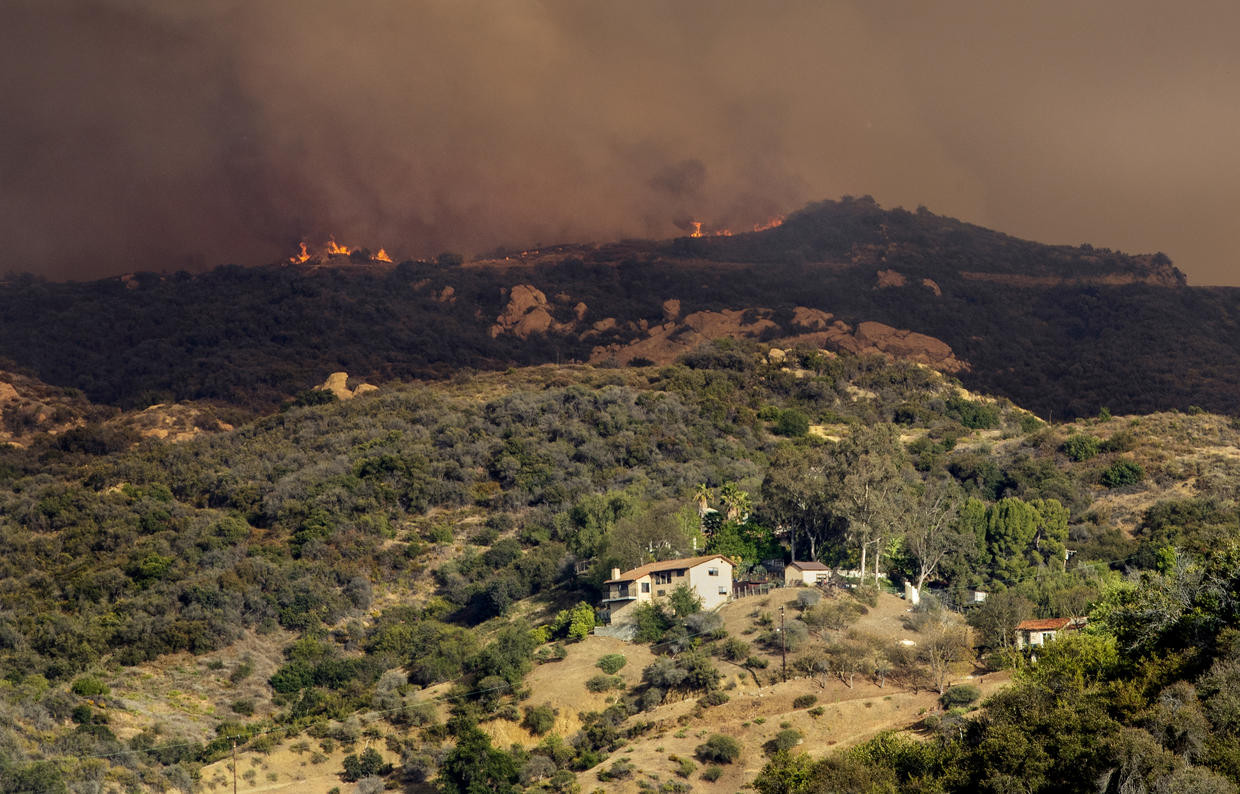Palisades Fire: A Devastating Blaze in Los Angeles
The Pacific Palisades, a luxurious area of Los Angeles, has become the scene of a catastrophic wildfire, the Palisades Fire. Fueled by relentless Santa Ana winds and critically dry conditions, the fire, which started as a small brush fire on Tuesday morning, January 7th, 2025, rapidly escalated into a major disaster. By evening, it had consumed nearly 3,000 acres, prompting the evacuation of tens of thousands of residents.
The Rapid Spread of the Fire
Dramatic footage captured the fire's terrifying advance. Pillars of smoke blotted out the sky above the coastal neighborhood, while flames edged closer and closer to homes. One resident described the scene as “apocalyptic.” The fire's swift spread prompted the governor's office to take swift action, securing federal assistance to aid in the suppression efforts.
The Role of Santa Ana Winds
The Santa Ana winds played a significant role in the fire's rapid expansion. These hot, dry winds, known for their ability to fan flames, created a particularly dangerous situation, pushing the fire across vast expanses of dry brush. The National Weather Service issued warnings about the extreme fire risk, highlighting the combination of low humidity and strong winds as major contributors to the blaze's unchecked growth.
Evacuation Orders and Emergency Response
The Los Angeles Fire Department (LAFD), working alongside other state and federal agencies, implemented a large-scale evacuation order affecting an estimated 30,000 residents in the region. More than 10,000 homes faced an immediate threat. Evacuation centers were established to provide shelter and support to those who had been forced to leave their homes, often with little more than the clothes on their backs. Evacuation orders covered the areas above San Vicente Boulevard between Ocean Boulevard and 26th Street, prompting a significant response from emergency services.
Federal Assistance and Resource Mobilization
Recognizing the magnitude of the crisis, Governor Gavin Newsom swiftly secured a Fire Management Assistance Grant (FMAG) from the Federal Emergency Management Agency (FEMA). This grant provides vital financial resources to support local, state, and tribal agencies responding to the fire and enables them to recoup 75 percent of their eligible fire suppression costs. In addition to the federal assistance, California proactively prepositioned dozens of firefighting engines and hundreds of personnel in Southern California to respond quickly to the threat. Cal Fire alone moved 45 additional engines and six hand crews to the affected counties. The preemptive action highlights the state's commitment to minimizing the damage caused by the fire.
The Aftermath and Ongoing Efforts
A significant number of structures were damaged or destroyed by the Palisades fire, underlining the destructive power of the Santa Ana winds and the need for proactive disaster preparedness. While the immediate danger has subsided, the full extent of the damage is still being assessed, including a complete survey of the impacted properties. The heroic efforts of firefighters deserve acknowledgement, their actions illustrating the importance of community support and cooperation during times of crisis.
Looking Ahead: Recovery and Prevention
As the immediate crisis subsides, the focus shifts towards recovery and long-term prevention strategies. The rebuilding process will require significant resources and community support to help those who have lost their homes or businesses. Beyond immediate relief, a renewed emphasis on wildfire prevention is crucial to mitigate future risks. This involves a multi-pronged approach encompassing community education, responsible land management, and the implementation of stringent building codes, particularly in areas prone to wildfires. Ultimately, a comprehensive strategy addressing both short-term needs and long-term preventative measures is key to building resilience in the face of future threats.
The scale of this disaster underscores the importance of preparedness and the critical role of effective collaboration between federal, state and local agencies in responding to large-scale emergencies. The collective efforts to combat this devastating fire serve as a testament to the resilience and strength of the communities affected.
The unwavering dedication of first responders and the outpouring of community support stand as beacons of hope amidst the devastation. The road to recovery will be long, but the combined strength and resolve will be essential in overcoming this challenge.

















